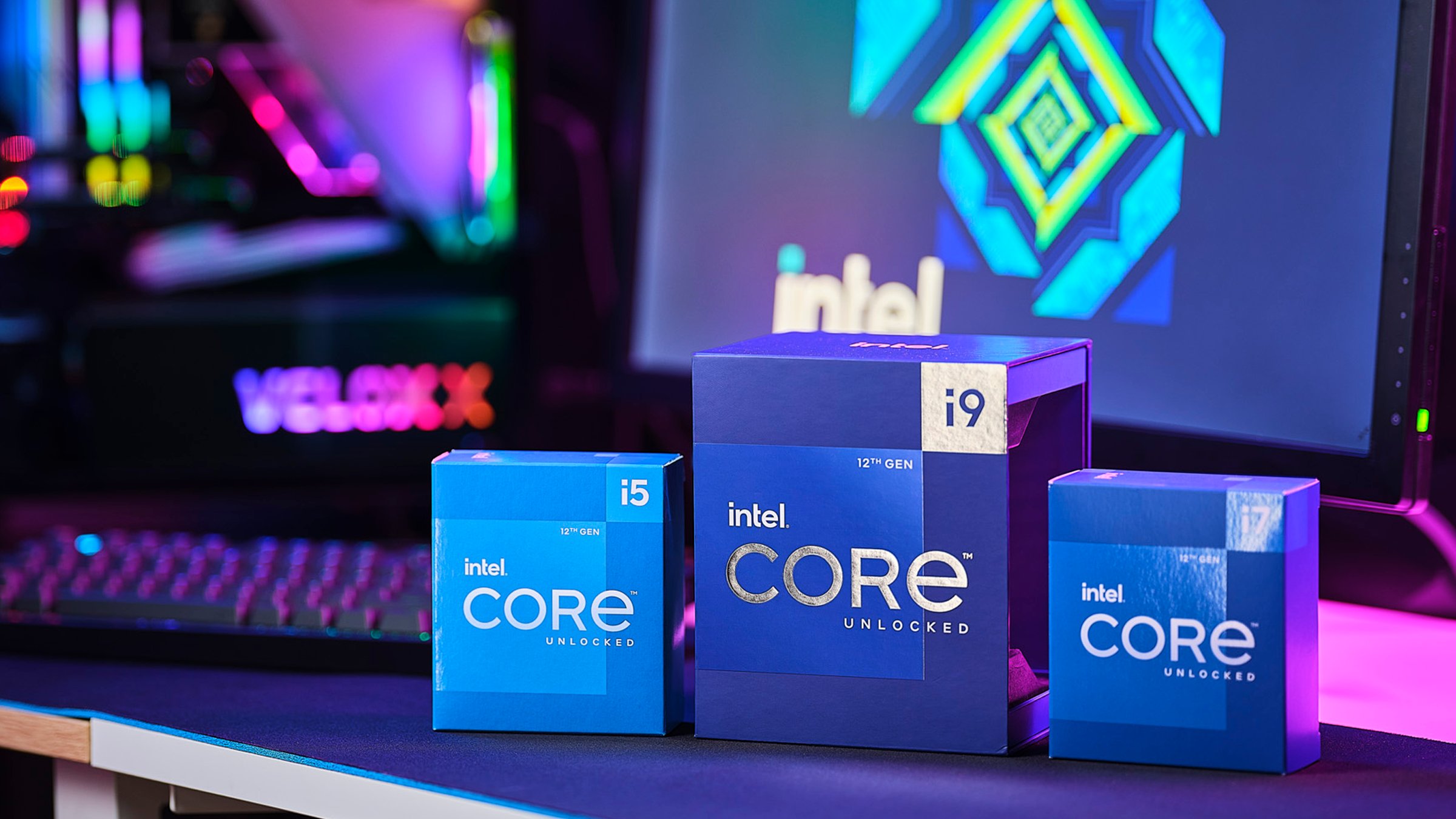- Joined
- Oct 24, 2013
- Messages
- 1,251
- Motherboard
- Asus ROG Z690 Formula
- CPU
- i9-13900K
- Graphics
- RX 6900 XT
- Mac
- Mobile Phone
For those that are curious, here is a link to various Alder Lake reviews:

 videocardz.com
videocardz.com

Intel 12th Gen Core "Alder Lake-S" Review Roundup | VideoCardz.com
Featured, INTEL Core 12000, News, Review Roundup Intel launches 12th Gen Core CPUs The embargo on independent reviews of the Alder Lake-S desktop series has officially lifted. Intel Alder Lake-S Reviews

